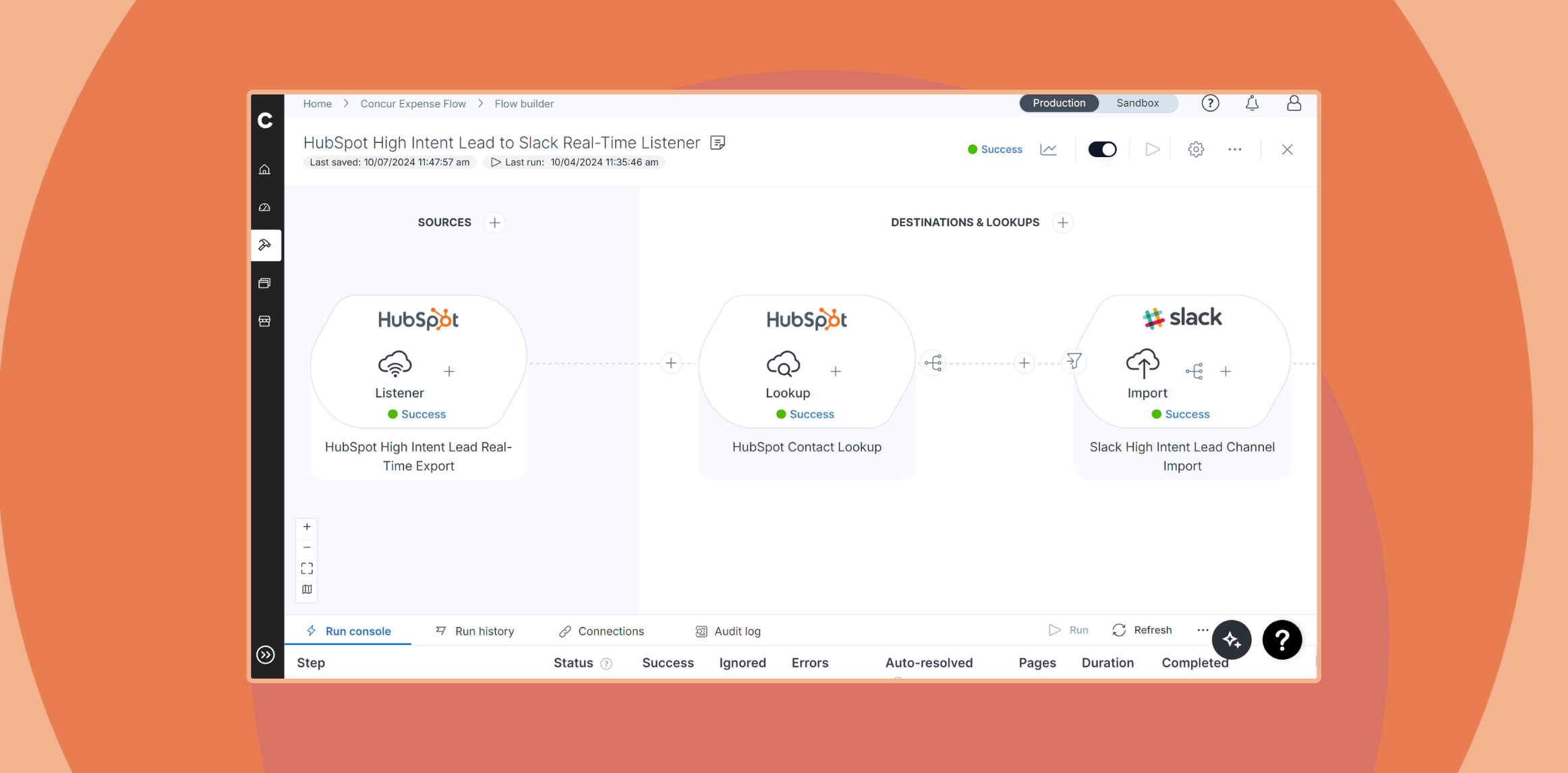Published Oct 26, 2021
How Embedded Integrations Help SaaS Companies Scale and Improve Customer Experience

Nowadays, there’s a cloud-based application for just about any business function that you can imagine. According to Gartner, the software-as-a-service (SaaS) business model expanded to $105.1 billion in subscription and support revenue during 2020.
While there are plenty of high-growth opportunities for SaaS companies, a potential obstacle to scaling your business and providing full customer value is integrating your application with your customers’ front and back-office system. In this article, we’ll discuss some of the top difficulties and discover how embedded integrations can help your company accelerate sales, improve customer onboarding, and alleviate developers’ workload.
Integration Challenges for SaaS Companies and Their Customers
To succeed in the hyper-competitive SaaS environment, your product must integrate with your customers’ tech stack. Business processes span multiple departments, teams, and applications. Your customers need their data to flow between applications to eliminate data silos, and they don’t want to waste valuable employee time and effort in data re-entry or other manual, error-prone processes. Bottom line, if your product doesn’t easily integrate with other solutions, your customers will find another that does.
However, without the right platform and architecture in place to support integrations, you’ll run into some challenges during the implementation process. From talking to multiple SaaS companies, Celigo determined these five main issues:
Slow sales cycle and customer onboarding: If you don’t have the right integrations in place that are compatible with your customers’ existing applications, this can cause friction during the sales cycle and result in a poor initial customer experience.
Managing multiple APIs for different customers: The APIs of one customer’s back-office system can differ significantly from another, so if your team lacks expertise with some of those APIs, this can further delay your customers’ projects.
Expensive customizations: Building, implementing, and maintaining custom integrations for each new customer becomes costly over time.
Resource distribution: If your developers are spending time building and maintaining those custom integrations, then they’re unable to devote more time on advancing your actual product.
Unsustainable at scale: Spending valuable resources on implementation costs and developer-created integrations is hard to maintain if you’re trying to grow your business.
Benefits of Embedded Integrations
There comes a time when you need to decide if integration is a core part of your product offering or not. Many SaaS and software companies opt to use a third-party Integration Platform as a Service (iPaaS) to manage the integration experience on behalf of their customers.
For example, SAFIO and Gappify accelerate sales and customer onboarding through Celigo’s embedded integrations. With this integration method, you can connect any of your customers’ SaaS applications to your SaaS app. Here are five benefits of embedded integrations:
Expanding your addressable market: With Celigo’s Integration Marketplace, instantly support hundreds of SaaS apps without coding and eliminate the ongoing maintenance costs of maintaining APIs.
Shorten sales cycles: Be able to say “yes” to virtually any integration challenge, eliminating integration as a point of friction from sales cycles.
Faster time to value: On average, API integration takes between five and seven weeks to complete. With Celigo, you can reduce the time to onboard new customers from weeks to minutes.
Improved resource utilization: Over the long term, Celigo eliminates the need for your developers to maintain APIs and manage updates across dozens or even hundreds of customers. With our intuitive user interface designed to enable non-technical users to manage integrations, you can move integration work to customer success reps and other non-technical employees, reducing implementation project costs and improving profit margins.
Scaling to meet demand: Gain repeatability for popular integration use-cases to reduce implementation costs, risks, and time. In addition to using the prebuilt integrations and templates from the marketplace, your team can templatize your common integrations, including embedding business logic.To find out more about how Celigo’s embedded integrations can benefit your organization, click on the call-to-action button below.




